A community of 80,000 tribal farmers in Jawadh Hills have to deal with dying land and poverty. The revival of their land and spirit is what this story is about. This is our ode to Earth Day
“The Earth is a fine place and worth fighting for” — Ernest Hemmingway
Farmer Mani might not know who said this, but he nods his head in agreement. He smiles when we tell him about Earth Day and how it is celebrated across the world. His thoughts? “Every day starts by worshipping the Mother Earth”, says Mani, “We love her, take care of her and she, in turn, provides for us”.
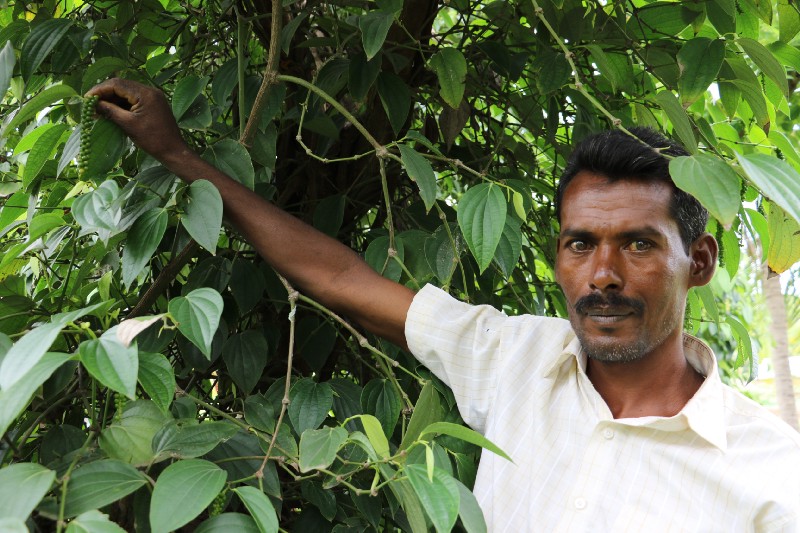
Mani, the farmer from Jawadh Hills in Tamilnadu
We are visiting the farmer at his home in Jawadh hills in Tamil Nadu. Living on the hills, climbing rocky terrains every day has made Mani a strong man. We struggle to match wiry framed man’s quick steps across his pepper plantations.
The Jawad hills of Tamil Nadu are at an altitude of 2000 sqft and are known for its sandalwood, teakwood and medicinal herbs. They have a predominantly tribal population of around 80,000 people who subsist like Mani, part farmers and part wage labourers.
The smile on Mani’s face and others from the farming community in Jawadh hills is a recent phenomenon. The problems that these hill folk faced were multifold. These hills are situated on the Kerala-Tamil Nadu border, are arid and dry for most of the year until the rains come.
Here are some of the challenges Mani faced:
Farming on these lands was not an easy task for Mani and others like him. The rainy season saw Mani farming his lands, but for the rest of the year, he left his family in search of work to Kerala. The tribals did not know how to save water for the dry season. Their lands yielded sporadic income, leading to the nomadic way of life. This, in turn, saw many broken families who lived in poverty.
Theirchildren had to walk 5km every day to reach their school. Most families did not send their children to school and even if they did, their dropout rates were high. Boys who went to school dropped out by grade 8 and girls hardly went to school.
Health issues hounded the tribes of Jawadh hills; malnourishment and high infant mortality rates to name a few. The mortality rate amongst tribes was found to be almost 5 times higher than the national mortality rates!
When the tribes saw that the trees that surrounded them in their forests were valuable, their first thoughts were the money they could earn by selling the wood. Little did they realise the severe environmental damage that was caused by felling these trees; topsoil erosion and in the larger sense global warming.
The nomadic way of life and abject poverty had become the norm in the farming community of Jawadh hills. Until they found Pepper. And Crop rotation. And watershed management.
Mani and his friends did find solutions. Here’s how.
When we at Hand in Hand first met Mani, we were impressed by the tenacity of the man and the rest of his tribe. They believed in their land and did not let go, despite the adverse situations they faced. Very similar to this other set of farmers we worked with in Cuddalore.
We found the core problem of the farmers at Jawadh hills came from poor soil and water management. Having identified the core, we set out to find solutions that would uplift the entire ecosystem.
Enter Pepper
The crop that was habitually cultivated by the Jawadh hill farmers was ‘Little Millet’, a grain that thrives under minimal rain conditions. The net profit a farmer like Mani made on this crop was a measly INR 5000 per acre. Subsistence farming eventually led them to become migrants.

This is when HiH India introduced Pepper as the main crop. These hills had a climate that mirrored its neighbouring state, Kerala where Pepper grows abundantly. Pepper could give them an income of INR 13 lakhs per acre, with an increasing yield year on year. Mani started out by replacing half of his millet crop area with Pepper plantations. Today he is a proud plantation owner.
Multi-crop farming
The farmers at Jawadh had never thought that their dry land could also be used for growing a variety of vegetables and fruits. Today, they harvest papaya, melons, onions, tomatoes and more!
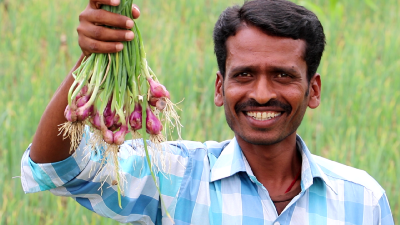

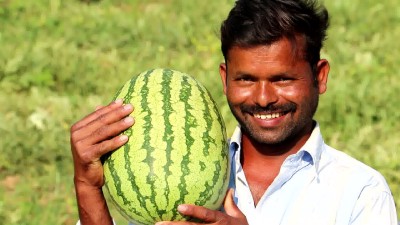
An average profit of INR 40,000 per acre is what these farmers get from the vegetable cultivation. Some also grow flowers such as marigold.
Making a livelihood
Now that Mani’s pepper plantation was in place, he had some spare time. So also his family. Mani was thrilled to know that he could also keep bees in that time and even rear cows for milk. Through HiH India’s Green Livelihood Development, the farmers have been trained in environment-friendly livelihoods such as vermicompost making, cattle rearing, dairy products, poultry and more.
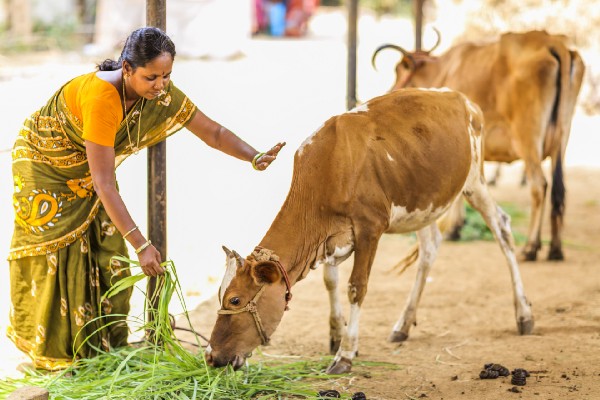
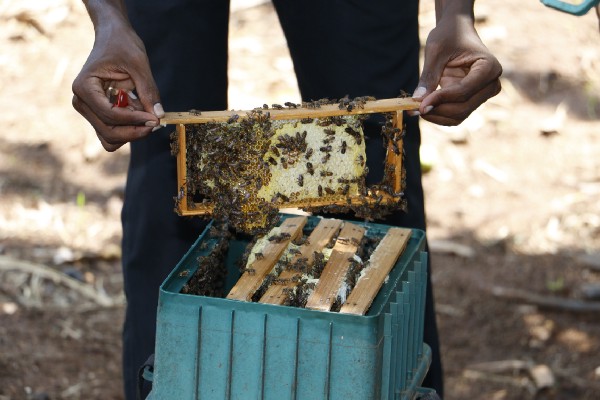
Watershed management

Celebrating the Good Earth
The Jawadh Hills project stands out as an example of rural environmental project implementation. More than 2500 Hectares of land has been revived in these areas through proper watershed management. We borrow Masanobu Fukuoka’s words, “The healing of the land and purification of the human spirit is the same process” to describe our experience with Jawadh Hills.

The rolling hills and green fields of Jawadh hills
Hand in Hand India’s Natural Resource Management wing has been implementing watershed programmes successfully since 2006. We work in the states of Karnataka, Madhya Pradesh and Tamil Nadu. Our team trains farmers in reviving agricultural traditions and promotes organic farming with training support. We also have helped organic farmers come together under a common umbrella called the ‘Indian Natural Farmer Producer Company Ltd. and help them market their products. Read more about our work here.






